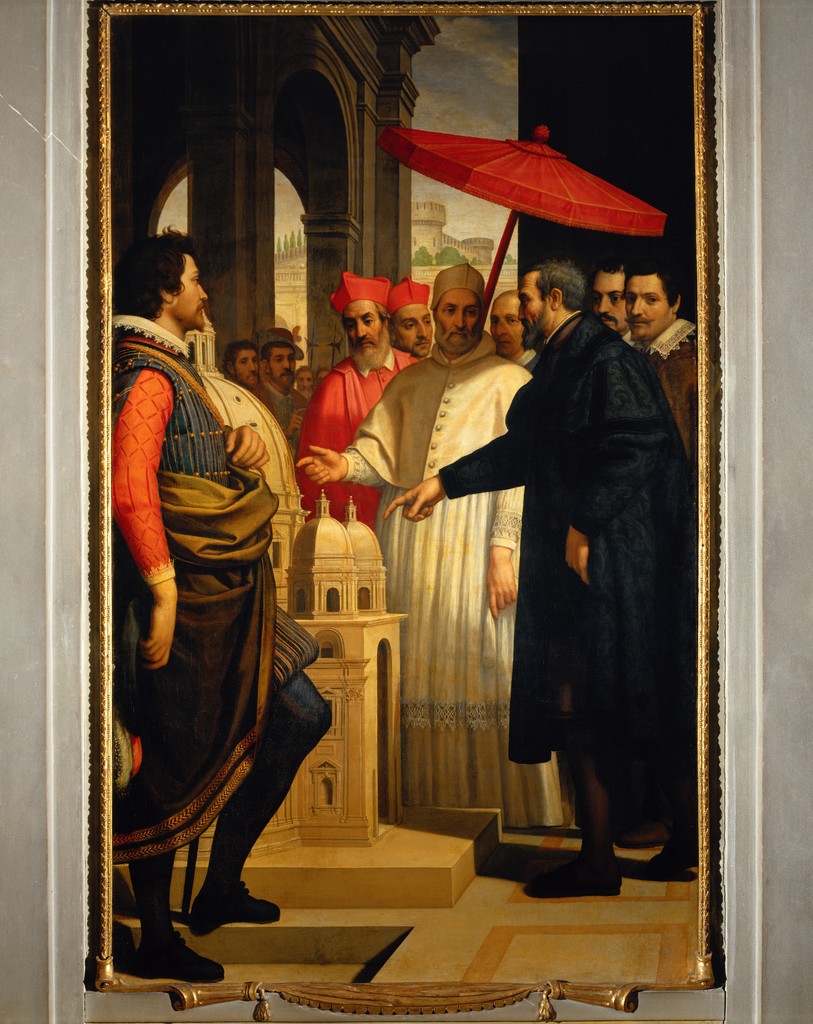Models can be used to both expand a space-time reality, and define an intimacy with the project. They are caught between the real and fictional, displayed in states ranging from the uncanny to the abstract. Over time models have served as archetypes, templates, metaphors, miniatures, and simulacra. They have been used for design, marketing, establishing conquest, planning, geological predictions, structural testing, cost estimation, didactic lessons, studying acoustics, recording history and as royal calendars. Their lineage most directly is translated through how they were conceived and what their purpose was, rather than radical physical mutations. In antiquity they originate as early as 4600 BCE, found as religious burial relics. In ancient Greece 1:1 models were used to translate temple details to builders. Romans had a propensity for models in military planning. The middle ages saw models used by master-masons for cathedral constructions. In the Renaissance models were defined by the first architects as essential to their craft, they were used as design tools, and eventual presentation tactics. The industrial and modern eras saw models materialize ideas in new mediums, forms, and structures. They aided in establishing political regimes, kinetic structures, and as a method to record history. At the turn of the century virtual models were born, and with them the collapse of categories in scale. Today, models still serve all of the above purposes, but are complicated by contemporary issues in labor, ownership, and authorship.
At this moment of inflection models are oscillating between the single source of architectural information, and as being precarious projects in aesthetic gymnastics. Models now have to translate information for construction and be works of art. In addition, models is contemporary society are being squeezed through the framework of practice that asks of every product whether it is truly necessary, and what its cost-to-benefit ratio results in. At the same time, models have the potential and propensity for cultural expansion, aiding architects in reaching out as well as absorbing the contemporary cosmos.
At this moment of inflection models are oscillating between the single source of architectural information, and as being precarious projects in aesthetic gymnastics. Models now have to translate information for construction and be works of art. In addition, models is contemporary society are being squeezed through the framework of practice that asks of every product whether it is truly necessary, and what its cost-to-benefit ratio results in. At the same time, models have the potential and propensity for cultural expansion, aiding architects in reaching out as well as absorbing the contemporary cosmos.


